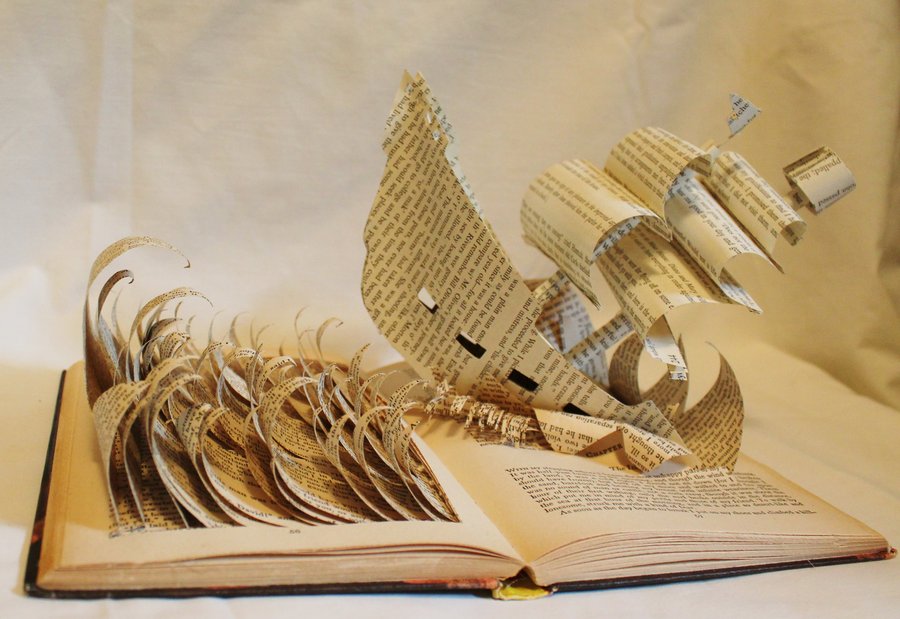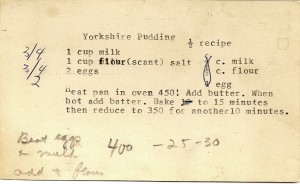Ok, so I’ve been quite brutal at the blogging thing recently, but it finally floated to the top of the to-do list.
So here’s what I’m working on.
Ingredients
28 students (2 classes) with open minds
28 different novels of varying genres
Various bits of EdTech in the form of blogs, software, etc.
A pinch of Big Questions
A large handful of Collaboration
A dollop of Global Communication through WorldVuze
Method
1. Ask each student to produce a poster of their 5 favourite novels they’ve ever read to be posted in the classroom on the Book Club wall for their peers’ reference. This will serve as a benchmark for me in terms of their preferences and previous experience/enjoyment/level of reading. It also serves and an entry point into the conversation about great books.
2. Have each student take lots of time in the library “dating” several novels. Encourage them to read the back covers, skim a few chapters, read online reviews and explore the Book Club wall for inspiration. Get help from the library staff in terms of recommendations for various genres and authors. Encourage the boys to welcome a challenging read if they’re up to it.
3. (Design Thinking) 100 Ideas in 10 minutes from www.notosh.com. Question: Instead of doing a Book Report or the classic Comprehension Questions, how can you document your relationship with your book? Students worked collaboratively to come up with different ways they could communicate, including a poster series, website creation, blogs, movie trailers and many more.
4. Provide lots of time for the students to read and work through their reading Journeys (that’s the phrase our librarian coined to encompass all the different projects).
5. Ask students to periodically blog answers to Big Questions posed by teachers. These are generally questions about huge themes that come up in literature and/or asking students to relate their lives and thoughts to their characters and books.
6. Have students collaborate (in teams) to build vocabulary banks and share with the class. It’s been great to see a larger diversity in the vocabulary they are sharing because the words are drawn from such diverse texts!
7. Engage in a global conversation via www.worldvuze.com . We’re planning to put the question out to the world: “What is your favourite novel?” We would like to compile a list of international suggestions for the boys to consider as future reads, as well as having a dialogue about the differences and similarities in their reading to other students around the world. (Extension) Those who finish their novels in good time can read one from the international recommendations list. Then they can do some comparing of the two books and engage in a conversation.
8. (Design Thinking) Students will be given a challenge to solve the problem of how does a grade 7 choose a good book? How do they get good recommendations? I am planning to do some of the design process with them to clarify the problem and work through solutions. It should be an exciting way to finish a modern-style novel study. The products of their work can then be used by library staff in the future and/or used in the Middle School.
Result? Hopefully a spicy and original adventure in Language Arts that inspires the boys to read for fun.


Melissa,
This is a great recipe! Thanks for sharing the notosh link – I’m inspired to try this in my classroom as well.
Your use of Design Thinking to encourage students to solve their own problems is fantasic. You should check out the work that @abailey is doing in her English classroom along the same lines (or watch the Google Hangout from last night: https://www.youtube.com/watch?v=UTtCLfkFwT4#t=2603)
What tool do you plan on using for the vocabulary bank?
I am excited to see what the students come up with for their ways to present their learning.
Wow! It’s great that you’re integrating Worldvuze in your classroom, and I love the layout of learning you’ve introduced for your students!
100 ideas in 10 minutes and the idea that they can try out books, not choose and read is really forward thinking. I mean how many times have we picked up a book, read 30 pages and decided it’s not for right now.
A neat way to represent your vocab banks could be to have students create word clouds. You could print them and put them up in your classroom or have students make mugs or t-shirts!
Design thinking isn’t just for teachers! It’s good for everyone isn’t it and it’s so nice to have them introduced to it so early!
Can’t wait to hear about what they come up with!
What a delicious way to explore reading in a student-centred way. I wish I was young person in your classroom!
I love the idea of collecting the vocabulary as a whole group. How are you archiving / documenting / displaying these words as they are collected?
I LOVE this action recipe! I would absolutely like to follow this step-by-step in my own classroom.
Like @abailey, I think it’s fantastic that you are asking the students to respond to the “problem.” Who better to determine format in which their learning should be showcased than the students themselves? It’s a great way to differentiate and engage students in this project.
One wondering: How will you assess the final products? They will all be different, but are they some common features you are requesting that they include (for assessment purposes)? Or will you be assessing the Big Questions only?
Hi Allison,
Thanks for your question. With a previous project, I enlisted the help of the students to create a rubric by which to assess their progress. They had great ideas about how and when they wanted to receive feedback/assessment. The collaborative approach to building the criteria also led to great conversations about what is valued in society (i.e. clear communication through use of language conventions) and why. It was interesting to see that students could usually recognize that these things were important, but couldn’t always put their fingers on why. Making it a very transparent dialogue was enlightening. I plan to use a similar technique with these grade 7s. I find that it’s important to get a little way into a project before having this conversation, otherwise it’s not real enough for them. They have to get their hands into it, first, before they recognize in a meaningful way what will make a project really impactful. A lot of this rubric-building help has come from a colleague here at SAC who has spent the past two years doing action research about A & E. It’s great to have support!
M